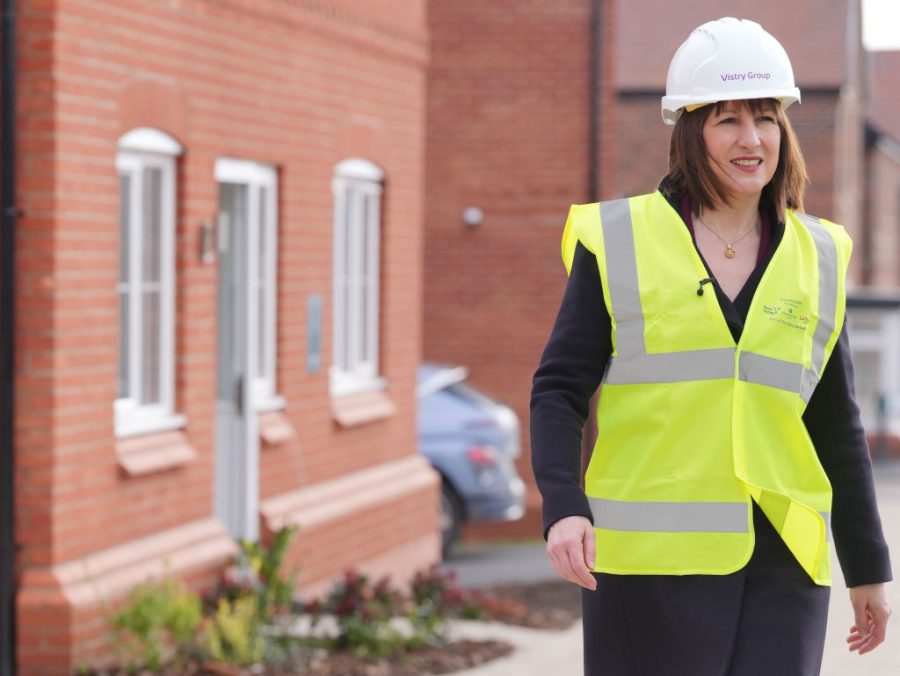Should anyone really be surprised at the House Builders’ Federation’s (HBF) warning that the government has little chance of hitting its target of building 1.5 million new homes over the course of this Parliament? The target of 300,000 new homes a year has become something of a holy grail for previous governments, too. If Boris Johnson and, before him, Gordon Brown failed in their housebuilding ambitions, why did the present government think it would do any better?
The mistake of former housing minister Angela Rayner and others in the government was to imagine that the main problem with low rates of house-building was Tory-voting nimbys in the shires who were holding up planning permissions. Tackle them, went the thinking, and all would be well. This was one form of deregulation which Labour could get fully behind.
Far from boosting house-building since it came to office, Labour has achieved the opposite
There are certainly some developments which have been held up in the planning system, but nimbys have never had nearly as much power as the government likes to think. According to the Planning Portal Market Index, which maintains intelligence of planning permissions on housebuilding, 2.7 million homes were granted permission between 2016 and 2024 – enough for the government to fulfil its housebuilding ambitions. The trouble is that only 1.5 million homes have actually been built. Why?
The pandemic inevitably caused a lot of disruption to the industry. Moreover, there is always going to be lag between planning permission being granted and houses being built – a developer might win permission for an estate of 300 new homes but it isn’t going to build them all at once. However, as the HBF makes clear in a letter to the Office for Budgetary Responsibility (OBR) there are other reasons why homes are not getting built even though they have planning permission.
Excessive regulation and financial levies are colliding with a lack of mortgage finance. The market has not yet adjusted to interest rates returning to more normal levels from historic lows. Over the decade until 2022 homebuyers not only benefitted from low interest rates, they were also supported by George Osborne’s Help to Buy scheme, which underwrote mortgage risk for lenders who might otherwise have been reluctant to advance loans of over 80 per cent of a property’s value. Help to Buy deserved criticism because it helped to inflate prices and create even bigger affordability problems further down the road, but no one ought really to be surprised that buyers are finding life more difficult without it. And if the buyers are not there, housebuilders are not going to build their homes.
It doesn’t help that housebuilders are being stung by the Community Infrastructure Levy and Section 106 agreements which force them to contribute towards new schools, roads, playgrounds and many other things. These are forms of infrastructure which will be used by everyone, and yet the cost of providing them has been lumped disproportionately on the builders and buyers of new homes. In London, there is a separate problem: builders there are on strike over what they see as Sadiq Khan’s excessive demands for affordable homes within their developments. Councils used to build the bulk of social housing; but in latter years government has come to rely on private housebuilders building homes for housing associations as part of their speculative developments.
Far from boosting house-building since it came to office, the government has achieved the opposite. The number of planning permissions has fallen appreciably, with only 221,000 granted in the 12 months to the second quarter of 2025. This is not due to nimbyism but because fewer applications have been submitted. If the government wants to revive house building, it is going to have to stop blaming nimbys and address the other reasons why house builders don’t want to build.








Comments